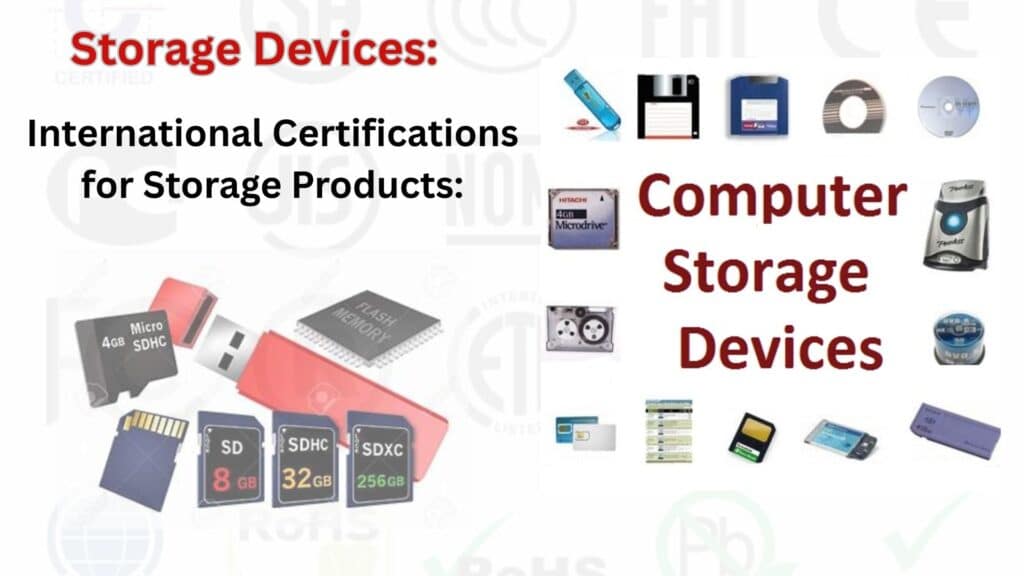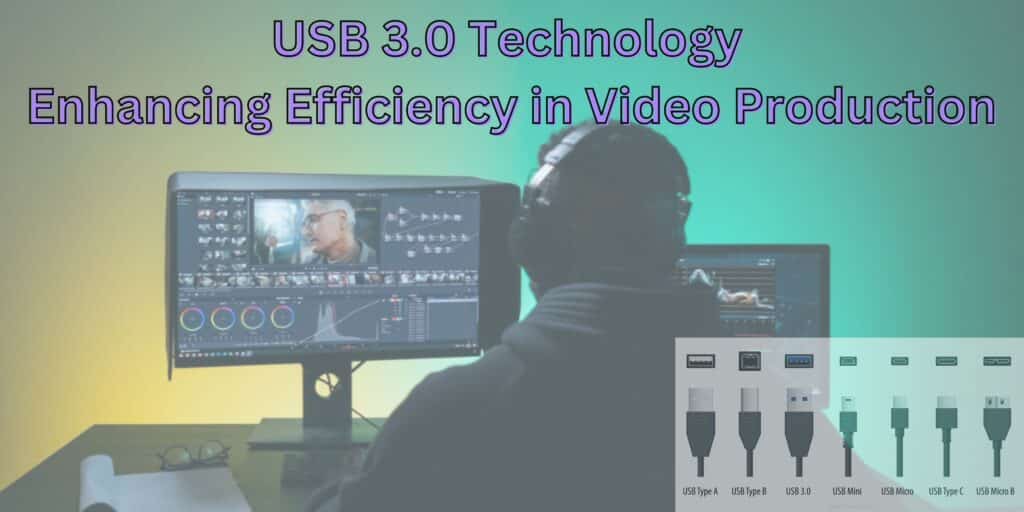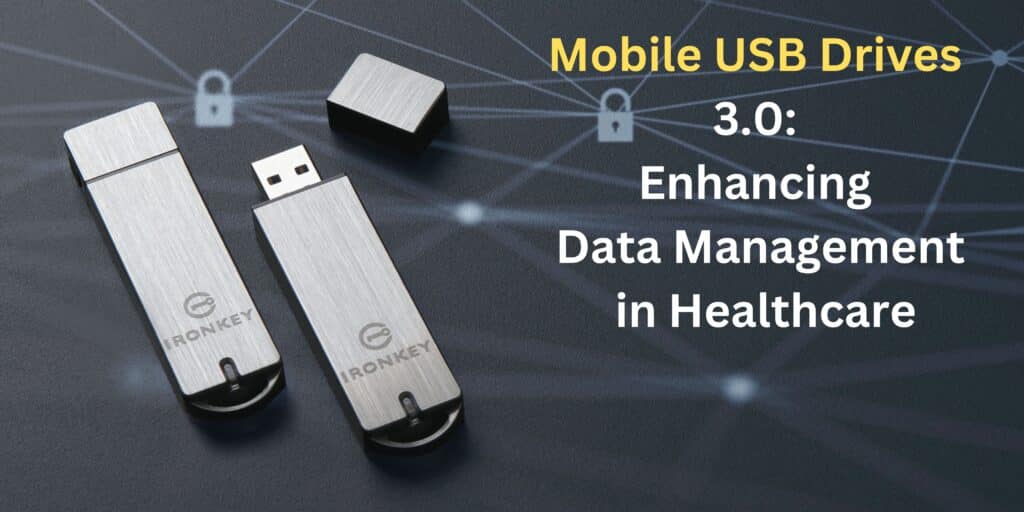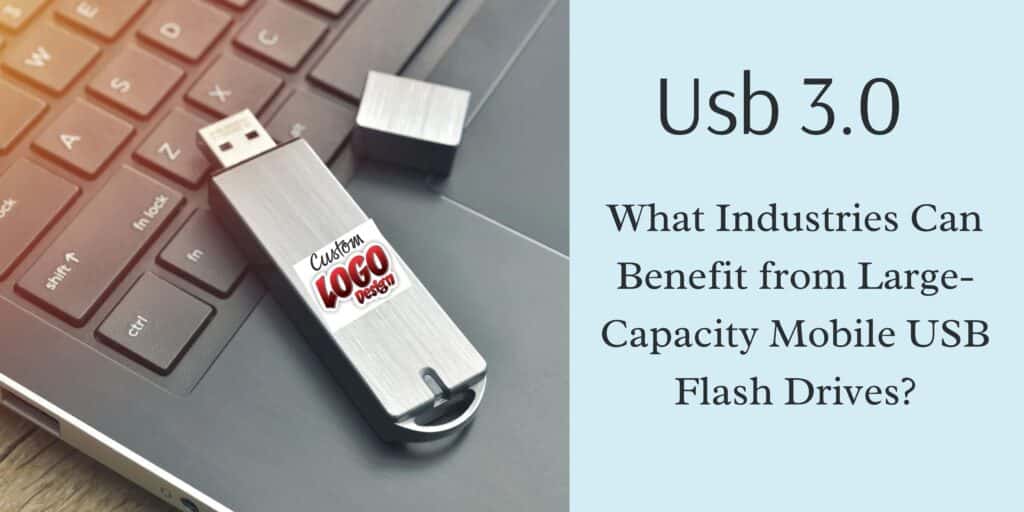USB 2.0 to 3.0: The Evolution of Flash Drive Technology
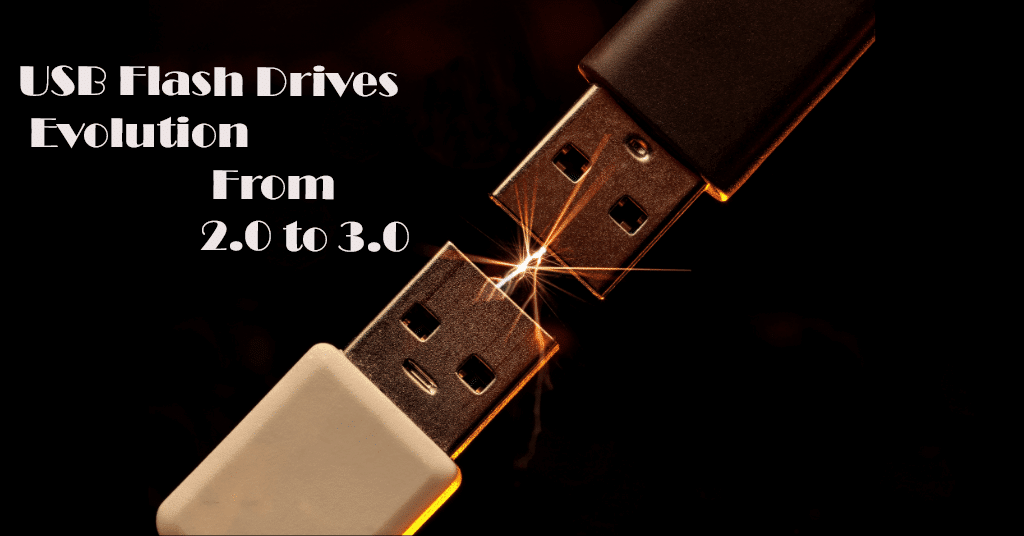
USB Flash Drives Introduction:
The world of USB flash drives has evolved significantly, with speed being a critical factor in their development. From the early USB 2.0 to the current USB 3.0 standard, the improvement in USB flash drive transfer speeds has revolutionized data transfer, storage, and everyday computing tasks. USB 3.0 offers dramatically faster speeds compared to USB 2.0, enabling users to quickly transfer large files and manage data more effectively. This article explores the evolution of USB flash drives, comparing the performance of USB 2.0 and USB 3.0, and takes a look at the future advancements of flash drive technology.
1. The Introduction of USB 2.0: A Game Changer in Storage
When USB 2.0 was introduced in the early 2000s, it represented a significant upgrade from the original USB 1.1. The maximum data transfer speed of USB 2.0 reached 480 Mbps, a notable improvement over its predecessor. While this speed was adequate for simple tasks such as transferring documents, pictures, and music, it quickly became apparent that users needed faster data transfer speeds as the file sizes of media content, software applications, and games grew exponentially.
Despite its limitations, USB 2.0 remained the industry standard for many years due to its broad compatibility with a wide range of devices, including computers, printers, and smartphones. USB flash drives utilizing this technology were widely accessible and affordable, making USB 2.0 a preferred choice for many consumers and businesses.
However, as data-intensive tasks became more common, users began to demand faster and more efficient transfer speeds. The need for speed led to the development of the USB 3.0 standard, which promised to solve many of the bottlenecks associated with USB 2.0.
2. The Rise of USB 3.0: Speed and Efficiency Revolutionized
USB 3.0 entered the scene in 2008, boasting significantly improved data transfer speeds, with a maximum of 5 Gbps—10 times faster than USB 2.0. This leap forward made it ideal for handling larger files, such as HD video, high-resolution images, and software applications. USB 3.0 flash drives became increasingly popular among professionals and content creators who needed to transfer large amounts of data quickly and efficiently.
One of the most significant improvements with USB 3.0 was the introduction of SuperSpeed USB, which utilized a new transfer protocol capable of faster data throughput. Additionally, USB 3.0 provided better power efficiency, allowing devices to charge more quickly while minimizing power consumption.
The transition to USB 3.0 was not just about speed; it also included improved design features. The ports and connectors were engineered to be backward-compatible with USB 2.0, ensuring that users with older systems could still benefit from the advantages of USB 3.0 devices, even if they did not have USB 3.0 ports.
As USB 3.0 flash drives became more widely adopted, they were able to handle increasingly demanding applications, such as gaming and video production, making them indispensable in modern-day computing.
3. The Future of USB Flash Drive Technology: USB 3.1 and Beyond
With the development of USB 3.1 and USB 3.2, the maximum transfer speed has been raised even higher, reaching 10 Gbps and 20 Gbps, respectively. USB 3.1 flash drives have been marketed as “SuperSpeed+”, offering the same benefits as USB 3.0 but with an even faster transfer rate, ideal for data-heavy tasks. Meanwhile, USB 3.2 offers the promise of even faster speeds, which is perfect for applications like 4K video editing and large-scale data backup.
As technology advances, USB flash drives are expected to become even faster and more efficient, with USB4 emerging as the next frontier. USB4 promises to offer transfer speeds of up to 40 Gbps, setting the stage for unprecedented data transfer capabilities that will continue to support the growing demands of modern users.
Conclusion:
The evolution from USB 2.0 to USB 3.0 and beyond has drastically improved the performance and usability of USB flash drives, enabling users to manage larger files with greater speed and efficiency. As the industry moves toward USB 3.1, USB 3.2, and USB4, the future of flash drive technology looks promising, with faster transfer speeds and better power management. Whether you are a professional dealing with high-resolution video files or a casual user simply storing documents, USB flash drives continue to evolve to meet your needs.



